 Anthony Tommasini’s article in The New York Times on January 7 concerning which composers would appear on his “Top 10 Composers of all Time” list if he were ever to compile such a thing got me thinking about the reasons why rankings can be fun, if not ultimately particularly useful.
Anthony Tommasini’s article in The New York Times on January 7 concerning which composers would appear on his “Top 10 Composers of all Time” list if he were ever to compile such a thing got me thinking about the reasons why rankings can be fun, if not ultimately particularly useful.
I complained about Gramophone Magazine’s list of Top 20 Choirs a couple of weeks ago on this blog.However, a recent visit to the San Francisco Ethnic Dance Festival auditions at the weekend made me see that ranking can have its place.
For the first time in its 33 year history, the festival instituted an interactive element to the proceedings, allowing audience members to fill out the same paperwork as the corps of expert judges hired to choose some 40 of the 125 auditioning companies and soloists to appear in this summer’s festival.
I was skeptical when I received a pink sheet detailing “How to Play Fantasy Festival” when I arrived at Zellerbach Hall in Berkeley on Sunday to catch a few of the competing dance ensembles practicing movement styles from geographic areas as diverse as Tibet, Peru and the Middle East. But once the dancing started started, I found that I really enjoyed doing more than just staring at the stage and wondering, in a sort of amorphous general way, if I liked what I saw. (Normally, of course, I would have my ‘critic’s’ hat on and be thinking in depth about the performances. But this time around, with no deadline to meet for once, I was in more of a casual, ‘just sit back and watch as any regular audience member would’ frame of mind.)
The Fantasy Festival game prompted me to think about and score (from 1-5) each act in terms of performance elements, production components, choreography and relationship to cultural origins. Viewing the performances with this criteria in mind greatly engaged my faculties. I’m curious whether my selections ended up matching the panelists.
It’s probably just as well that the audience’s scores aren’t being taken into consideration by the judges in the actual decision-making process — with the biggest dance ensembles bringing many people with them to watch the auditions, the selections would doubtless skew towards the groups with the largest fan bases. But the festival organizers are on to a good thing here by introducing a small and lively interactive element into the audition process. I hope they bring it back in the future.

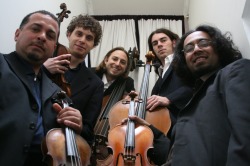 It was, in a way, very gratifying to turn up at the
It was, in a way, very gratifying to turn up at the  This year,
This year,  People are more precious about food and drink in the Bay Area than perhaps anywhere else in the country. The artisanal, locally-harvested, sustainably-grown approach to dining and drinking that was started by chefs like Alice Waters at Chez Panisse decades ago is now reaching a point where soup isn’t soup unless its ingredients have been culled by the light of the moon from hedgerows in Golden Gate Park and bar tenders are arguing about whether cocktail recipes should be copyrighted.
People are more precious about food and drink in the Bay Area than perhaps anywhere else in the country. The artisanal, locally-harvested, sustainably-grown approach to dining and drinking that was started by chefs like Alice Waters at Chez Panisse decades ago is now reaching a point where soup isn’t soup unless its ingredients have been culled by the light of the moon from hedgerows in Golden Gate Park and bar tenders are arguing about whether cocktail recipes should be copyrighted. I finally got around to catching Darren Aronofsky’s film Black Swan at the flicks this past weekend. The movie falls in line with the long tradition of hard-bitten films about ballerinas starting with the 1948 classic The Red Shoes.
I finally got around to catching Darren Aronofsky’s film Black Swan at the flicks this past weekend. The movie falls in line with the long tradition of hard-bitten films about ballerinas starting with the 1948 classic The Red Shoes. As more arts journalists find themselves leading increasingly peripatetic lifestyles either by choice or necessity, ethical issues that have always existed in the journalism world become increasingly pronounced and thorny.
As more arts journalists find themselves leading increasingly peripatetic lifestyles either by choice or necessity, ethical issues that have always existed in the journalism world become increasingly pronounced and thorny.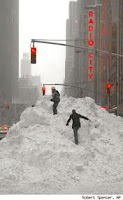
 The other day, I received a strange phone call from someone called Igor who works at the Russian Consulate of San Francisco.
The other day, I received a strange phone call from someone called Igor who works at the Russian Consulate of San Francisco.
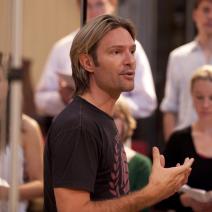
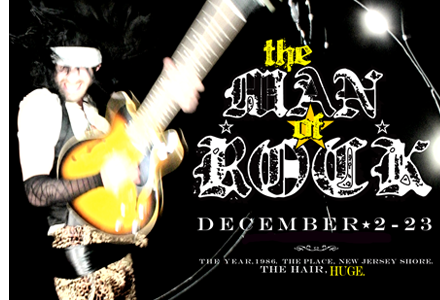 It’s always a great solace to me as a non-believer, that the Bay Area offers so many interesting forms of non-traditional cultural fare during the holiday season.
It’s always a great solace to me as a non-believer, that the Bay Area offers so many interesting forms of non-traditional cultural fare during the holiday season.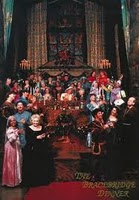 A couple of musings about vocal music for the start of the week.
A couple of musings about vocal music for the start of the week.